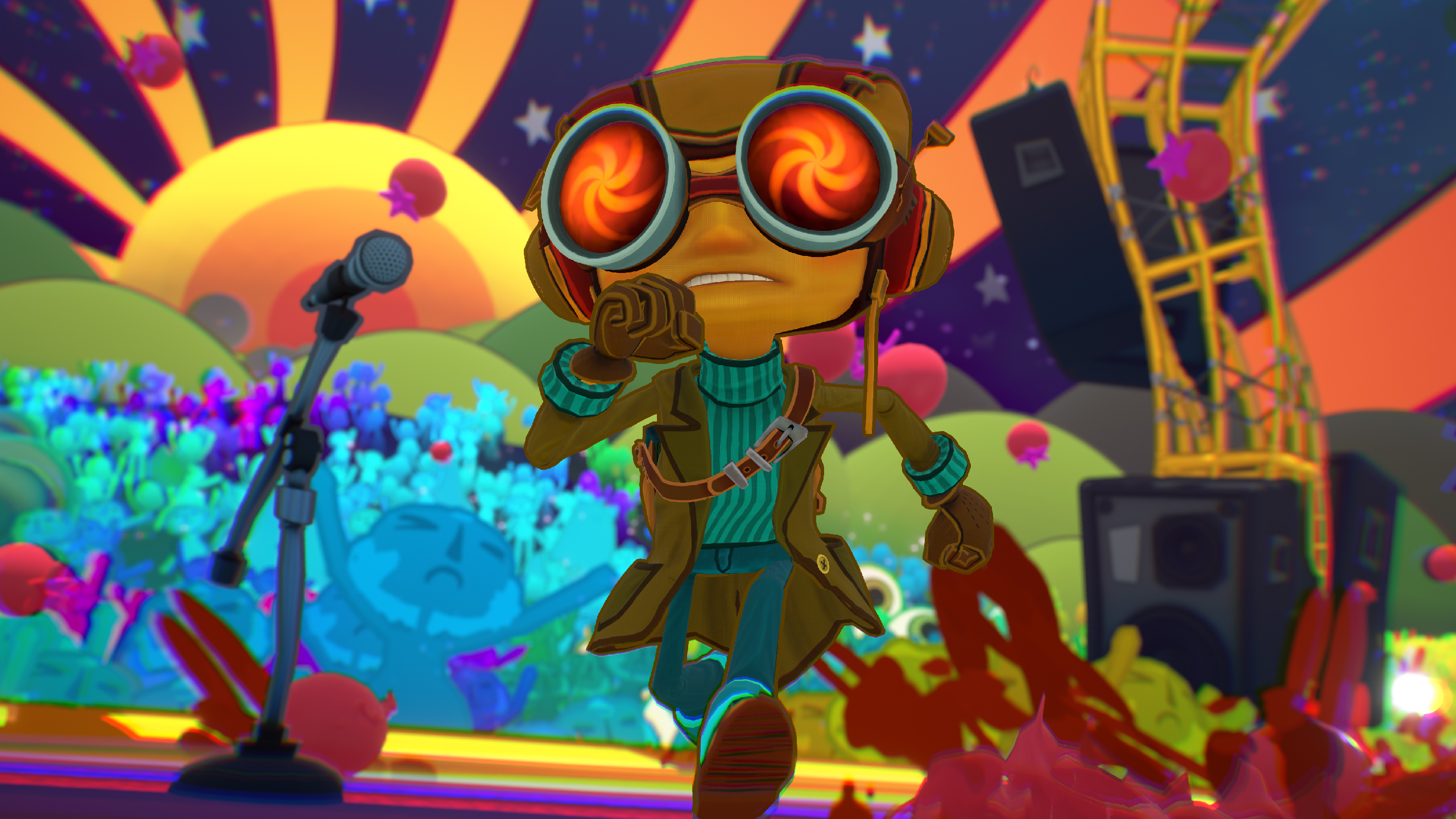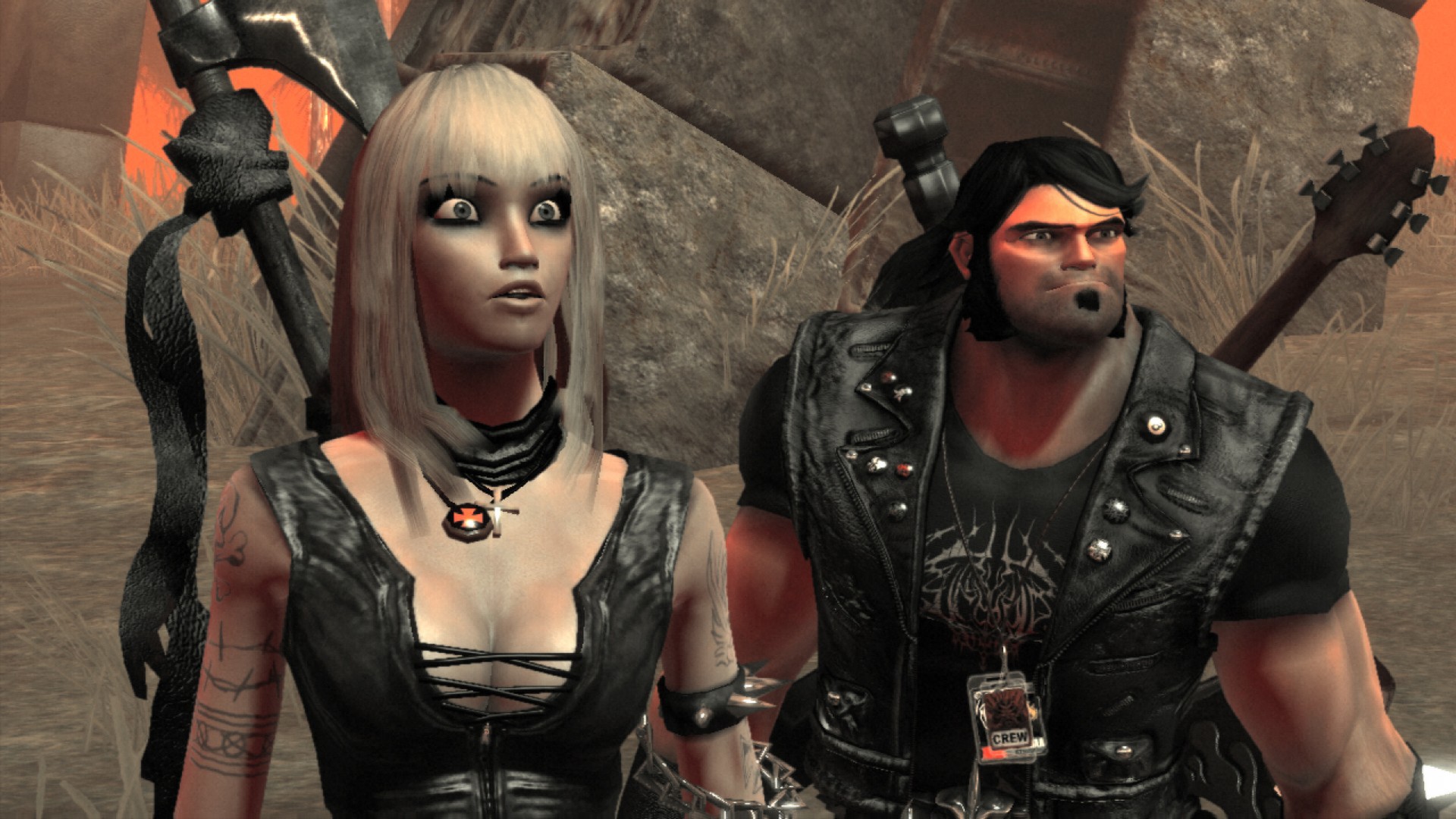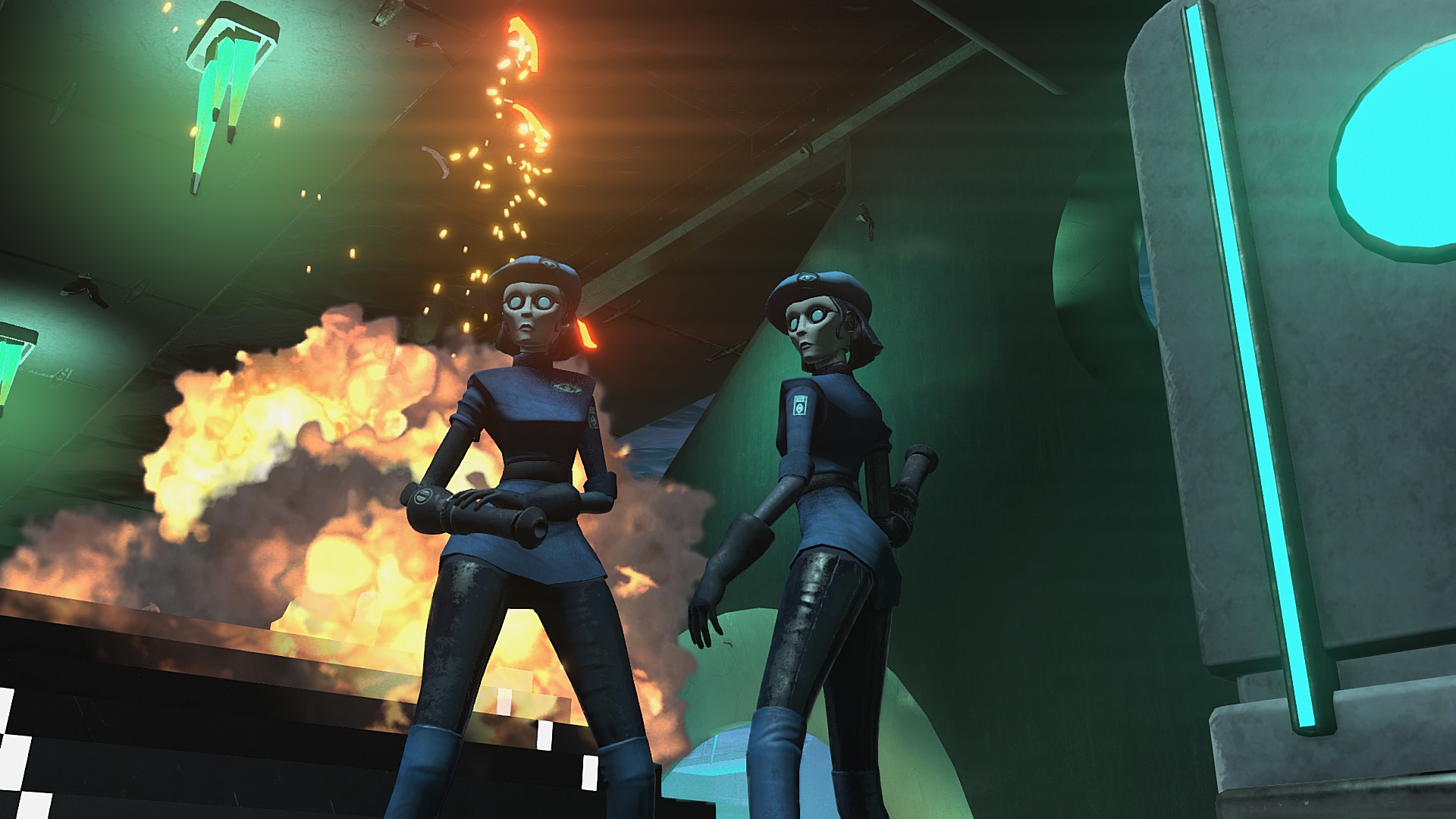How Tim Schafer made Double Fine a creative hotbed
A true indie success story.

In 1997, John Romero was driving around the US handing out blank cheques to some of the country’s greatest game designers. To Tom Hall, his old Doom comrade, he gave penthouse space in Dallas to make the brilliant JRPG Anachronox. For Warren Spector, he funded an office full of immersive sim nerds in Austin who went on to create Deus Ex. And in San Francisco, he approached Tim Schafer to make a point-and-click adventure under the auspices of Ion Storm.
Schafer, however, wasn’t ready to leave LucasArts, the company that had given him access to Skywalker Ranch, and to his mentor, Monkey Island’s Ron Gilbert. He turned Romero down. It’s a decision that might have suggested a lack of entrepreneurial spirit; that Schafer was ‘just’ a designer and writer, not a studio head. No shame in that. In the fullness of time, however, he would go on to reshape the business of games more than once with his own company, Double Fine.

At LucasArts, Schafer’s games were distinguished by their worldbuilding. Though he couldn’t quite match Gilbert for puzzle design—his mentor’s thematically satisfying solutions would prove to be the best of the point-and-click genre—Schafer’s brain was wired to splice his unusual influences in creative ways. An overheard story in an Alaskan biker bar led to Full Throttle, which swapped the adventure genre’s weedy protagonists for a straight-ahead brawler. Grim Fandango blended film noir with Día de Muertos, hot rod culture, and underworld bureaucracy—a heady mix in a game intended for the mainstream.
Sky box
Schafer’s worlds were like nobody else’s, and when he did step away from LucasArts to form his own studio—named after the ‘double fine zone’ on the Golden Gate Bridge—that imagination was the key draw. Psychonauts was inspired by a rhetorical question—"What colour is the sky in your world?"—and depicted the brains of its characters as playable levels.
The results are still breathtaking examples of character-driven design. A mid-century minimalist cube stood in for the head of repressed researcher Sasha Nein, where buried emotions threatened to burst violently to the surface. And a constant psychedelic ’60s party grooved inside the mind of glamorous agent Milla Vodello—a distraction from the children she wasn’t able to save from a traumatic accident.

Brütal Legend, the follow up, was no less ambitious—bringing heavy metal vinyl covers to life in a fantasy landscape torn apart by warring musical subcultures: the Black Sabbath headbangers scrapping with Marilyn Manson demons and Type O Negative goths. The metal community recognised itself in the game and rallied behind it: rock stars Ozzy, Lemmy, and Rob Halford, and of course, Jack Black all had starring roles.
By then, common themes were revealing themselves in Schafer’s work—roaring motors, powerful women, and mental illness. The studio was, at that time, just like one of Psychonauts’ levels—a physical manifestation of Schafer’s brain and every idea that passed through it. But what followed would smash it apart, in the best way possible.
Keep up to date with the most important stories and the best deals, as picked by the PC Gamer team.
Break up
The backdrop to Double Fine’s early years had been the rise of the Xbox 360 and PS3, powerful consoles that demanded games of huge scale and detail, created by teams in the hundreds.
AAA development was consequently becoming the preserve of a handful of top studios, and while the indie scene was booming, the middle ground was squeezed. Famous contractors like Double Fine, based in US cities with a high cost of living, were struggling from project to project—and when EA passed on a Brütal Legend 2, closure was a real prospect.

Instead, the studio made the decision to split its team into four. By building smaller games, each with their own budgets, it could occupy all of its staff—and stood a better prospect of surviving the cancellation of any one project.
The split had a positive effect on Double Fine’s creative culture. It prevented the studio from falling into the ‘auteur’ trap of fellow studios with distinctive and popular leaders—allowing other talented developers to step out from under the shadow of Schafer.
One was Brad Muir, game designer on Brütal Legend, who took that game’s action-RTS hybrid and made Iron Brigade, a frantic tower-defence shooter about mobile Great War trenches. His direction brought a tactical bent and mechanical focus to Double Fine that culminated in Massive Chalice, an eerie and brutal XCOM-alike. Muir’s handiwork can now be seen in Valve’s most strategic games, Artifact and Dota Underlords.
The split had a positive effect on Double Fine’s creative culture
Heavy petty
Another emerging leader was artist Lee Petty. Where Schafer had distanced himself from point-and-click, embracing 3D action that would never have flown at LucasArts’ adventure division, Petty sought to reconfigure the genre for a new age. Stacking cast players as a Russian doll who could hop into other dolls and use their unique abilities to solve puzzles—each character a ‘verb’ akin to Monkey Island’s ‘push’ or ‘pull’. Petty revisited the idea for Headlander, a sci-fi metroidvania.
Schafer's writing—both sharp and kind—has continued on in Costume Quest and Broken Age. But the new company structure has allowed others to shine simultaneously, even giving a temporary home to Ron Gilbert for adventure-platformer The Cave.

Over the last decade, the game jam process that birthed Iron Brigade and Stacking has become public, with fans voting on pitches that have since entered full production at Double Fine.
In fact, the studio has become one of the most exposed in the world, its every step and stumble filmed in documentaries by the marvellous 2 Player Productions. The scrutiny has been hard on staff, but it’s also saved them from misunderstandings: when Double Fine became the first high profile studio to crowdfund a game, then overscoped and decided to split Broken Age into two parts, fans who’d watched its difficult conception understood and accepted the delay.
It’s splitting things, ultimately, that’s shaped Double Fine and its reputation. Only fitting for a company with a two-headed baby as its logo.
Jeremy Peel is an award-nominated freelance journalist who has been writing and editing for PC Gamer over the past several years. His greatest success during that period was a pandemic article called "Every type of Fall Guy, classified", which kept the lights on at PCG for at least a week. He’s rested on his laurels ever since, indulging his love for ultra-deep, story-driven simulations by submitting monthly interviews with the designers behind Fallout, Dishonored and Deus Ex. He's also written columns on the likes of Jalopy, the ramshackle car game. You can find him on Patreon as The Peel Perspective.

